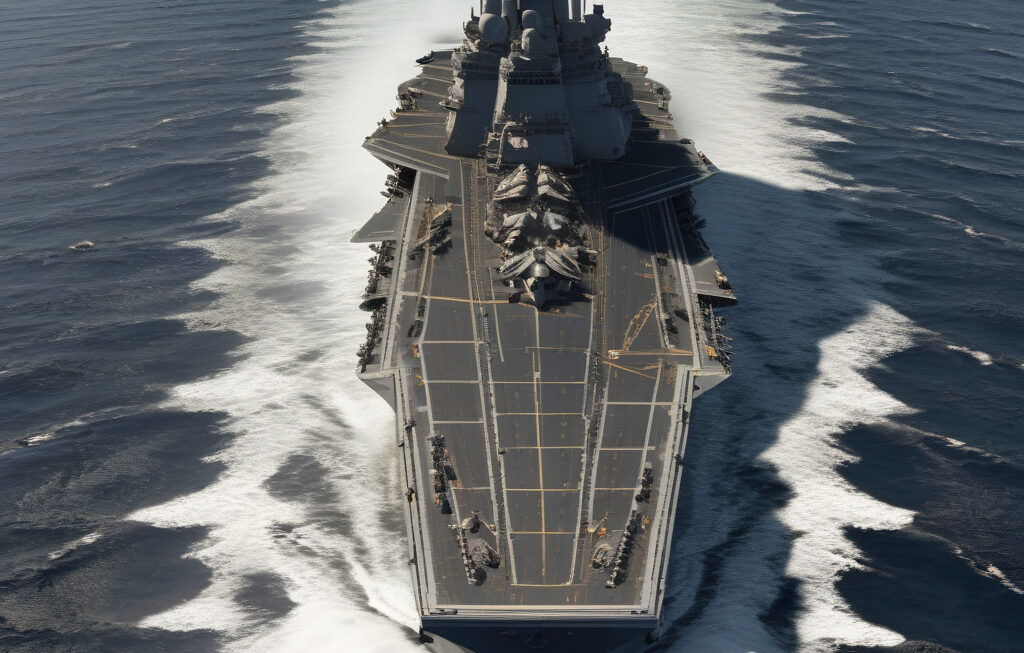China’s People’s Liberation Army Navy (PLAN) has commissioned its second Type 054B frigate, the Qinzhou, marking a significant advancement in the country’s maritime capabilities. This 5,000-ton torpedo frigate is set to play a crucial role in hunting down US nuclear submarines in open seas, showcasing China’s growing prowess in naval warfare.
The deployment of the Qinzhou frigate comes at a time of heightened tensions between China and the United States in the Indo-Pacific region. As the US Navy maintains a strong presence in the area, China has been actively bolstering its naval forces to protect its maritime interests and assert its dominance in the region.
The Type 054B frigate is a formidable addition to China’s naval fleet, equipped with advanced weapons systems and technologies that enhance its anti-submarine warfare capabilities. With a displacement of 5,000 tons, the Qinzhou is a versatile and powerful warship capable of operating in diverse maritime environments.
One of the key roles of the Qinzhou frigate will be to track and monitor US nuclear submarines operating in the open seas. These silent and stealthy submarines pose a significant threat to China’s naval operations, making it crucial for the PLAN to have the capability to detect and neutralize them effectively.
The commissioning of the Qinzhou frigate reflects China’s strategic focus on developing a blue-water navy capable of operating far from its shores. By deploying advanced warships like the Type 054B frigate, China aims to enhance its power projection capabilities and protect its maritime interests in contested waters.
In addition to its anti-submarine warfare capabilities, the Qinzhou frigate is also equipped with anti-ship and anti-aircraft weapons, making it a versatile platform for a wide range of naval operations. Its advanced sensors and communication systems enable real-time situational awareness, allowing it to respond swiftly to emerging threats.
The deployment of the Qinzhou frigate underscores China’s commitment to modernizing its armed forces and narrowing the technological gap with traditional maritime powers like the United States. By investing in cutting-edge naval technologies and capabilities, China seeks to strengthen its position as a dominant maritime player in the Indo-Pacific region.
As China continues to assert its maritime ambitions, the commissioning of the Qinzhou frigate serves as a clear signal of its growing naval capabilities and strategic intent. With its advanced features and formidable firepower, this torpedo frigate is poised to play a crucial role in China’s efforts to safeguard its maritime interests and project power across the seas.
In conclusion, the deployment of the 5,000-ton Qinzhou torpedo frigate represents a significant milestone in China’s naval modernization efforts. As tensions persist in the Indo-Pacific region, this advanced warship will enhance China’s anti-submarine warfare capabilities and strengthen its position as a key player in the global maritime arena.
China, submarine warfare, naval modernization, Indo-Pacific tensions, power projection.












